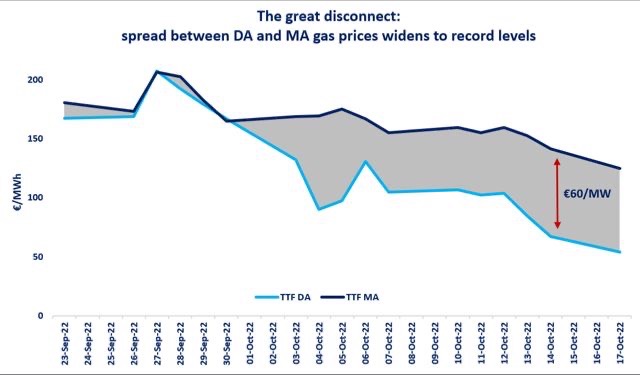

The amount of news stories about the European coal market has grown exponentially in 2022. Today coal-fired generation, just like in the old days, catches everyone’s attention as it is one of the region’s best hopes for running the energy system smoothly (as far as possible) during the coming winter season.
In order to save time while viewing different articles and longreads, you can have a look at the diagram attached to this post which at first glance just shows capacity factor for German coal units. In fact, it’s one of those charts that describes the essence of developments in the coal market across Western Europe.
First, it shows the level to which coal-burning power generators have increased their output in Germany this year. Given technical constraints as well as coal availability to regional players, electricity production from coal has been nearly maximized in summer 2022.
Second, the graph helps to understand the crucial importance of regular and uninterrupted fuel deliveries for maintaining the current high levels of coal capacity utilization. That is why all eyes are now focused on the Rhein water level issue.
And third, you can see that there is little scope for coal-fired units to rise power output further. This, in turn, explains why operators are now forced to bring back even idle plants.
This year’s appetite for gas alternatives is so strong, and not only in Europe, that the world’s consumption of coal may rise in 2022 to the record level it reached nearly a decade ago, as forecasted by IEA. As recently as in 2020, many analysts and commentators would probably not have bet a penny on such outcome.
Source: Yakov Grabar (LinkedIn)













